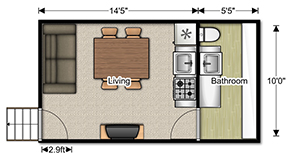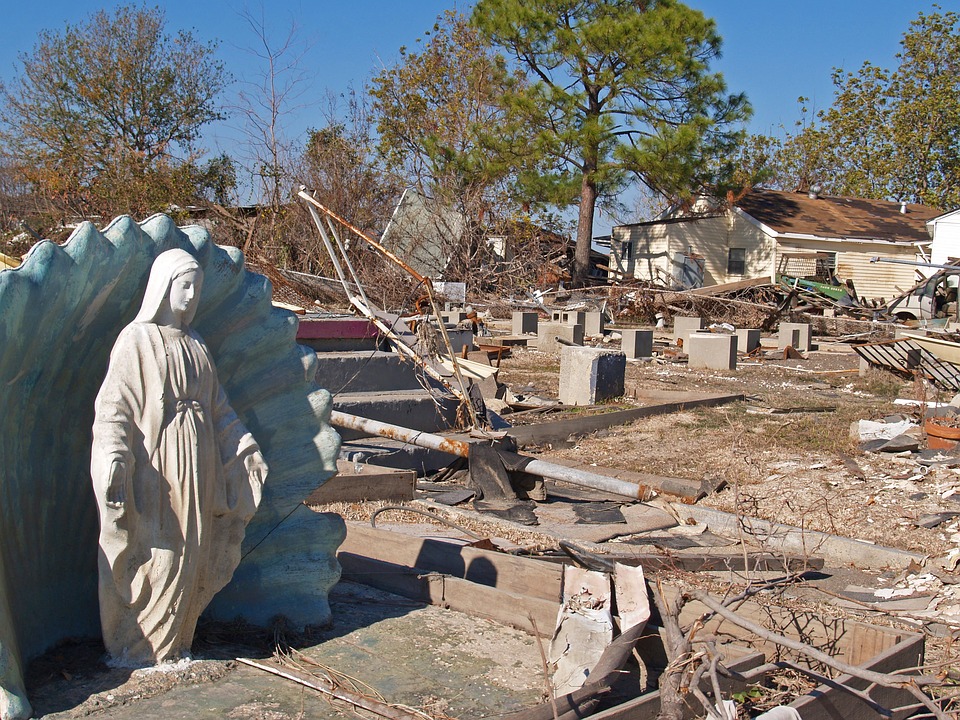We all remember the 2011 tornado season. Twisters ripped through the Midwest like a toddler on a tantrum. More than 1,700 tornadoes touched down in the United States, resulting in 553 deaths. That’s compared to 564 deaths in the prior 10 years combined! April was particularly devastating for the southeast. The three-day Alabama Super Outbreak left a lasting legacy on Dixie. While Tuscaloosa received the brunt of the damage, 238 people total were killed during this cluster of tornadic activity. More than 5,300 homes in Tuscaloosa were destroyed. If forecasting patterns hold true, the 2021 tornado season could be just as deadly.
Emerging La Nina climate pattern could spur 2021 tornado season
So, why are some years worse for tornadoes than others? As you might’ve imagined, there’s a wealth of empirical scientific data behind sudden surges in tornadic activity. Much like the 2011 season, an emerging La Nina climate pattern will prevail across much of the United States. Cooler-than-average temperatures in the Pacific Ocean will be the main driving factor in stormy weather throughout the world. You might have heard of La Nina’s notorious sibling, El Nino, is another climatic force that drives weather annually. Temperature readings of the ocean waters are eerily similar to the same conditions being reported in February 2011. Mother Nature loves patterns and if the current conditions hold true, the 2021 tornado season could topple 2011’s reign of terror.
AccuWeather meteorologists said that because of La Niña, severe weather and tornado activity could abruptly fire up and rival 2011, one of the most notorious severe weather seasons, when tornadoes killed more than 550 Americans.
Source: USA Today
Panelized safe rooms and above-ground tornado shelters could mitigate effects of changing climate

You can think of La Nina as Mother Nature’s alter ego. And with her atypical mood causing chaos across the nation it’s only fitting that Mother Nature once again changes her sights on a new target: the southeast. Seismic shifts in weather patterns have shifted the crosshairs of dangerous tornadoes from the Midwest to the southeast. The discovery of this disturbing trend comes on the heels of scientific analysis that indicates most deaths as a result of tornadic activity now occur in the south. So, what does this mean exactly? Mother Nature has a new target and southerners are ill-equipped to handle this growing threat. While scientists are still trying to formulate a logical reason behind the shifts, they suspect it might have something to do with changes in oceanic temperatures brought on by climate change. Regardless of the facts, one thing is certain. Tornadoes in the south are now twice as deadly as tornadoes anywhere else in the United States. Our F5 250 MPH Wind Speed Certified tornado shelters could mean the difference between life and death.
NOAA records dating to 1950 show that tornado activity has increased in the Southeast since the late 1990s and that the trend—and death toll—has accelerated in recent years. Since January 2019, 99 of the nation’s 120 tornado-related deaths occurred in the Southeast, NOAA records show. That’s 83%.

Federal funds could pay for your shelter for upcoming tornado season
If you are browsing our product line, you may be comforted by knowing that a qualifying grant can pay for a nice chunk of the overall costs associated with the purchase and installation. Despite the federal government’s generosity, there are a few catches. For one, you will still have to pay the overall costs of the unit up front. Also, the application process is not as streamlined as going to down to the local bank and taking out a loan. Individual homeowners cannot apply directly to FEMA for safe room funding. Instead, FEMA provides these funds states who then distribute the grants to local governments.
How are the funds used?
Local governments, tribes and emergency management entities are the recipients of the grants and distribute it as they see fit. In addition to the Hazard Mitigation grant, FEMA also distributes money through Community Block grants to construct tornado-safe shelters in manufactured home parks. To be eligible, the proposed shelter must be in a state where a tornado has occurred in the last three years. An above ground U.S. Safe Room measuring 20’ x 10’ could easily accommodate these specifications and requirements. FEMA provides funding that meet wind resistance ratings, which all of our units do.






